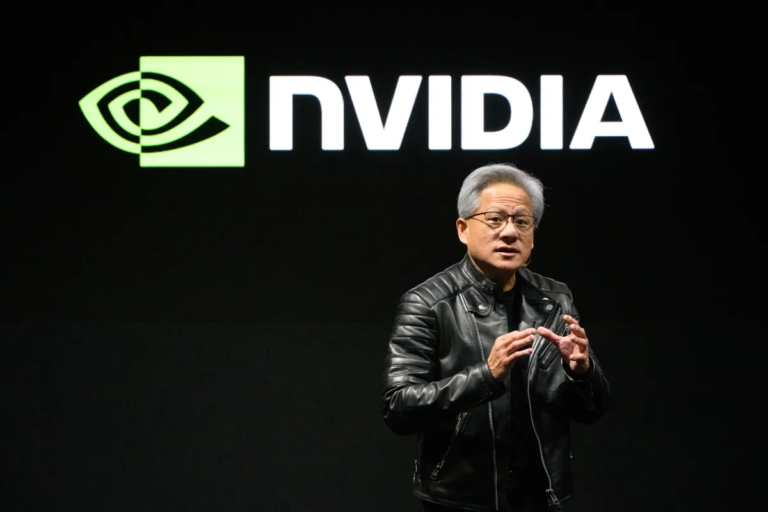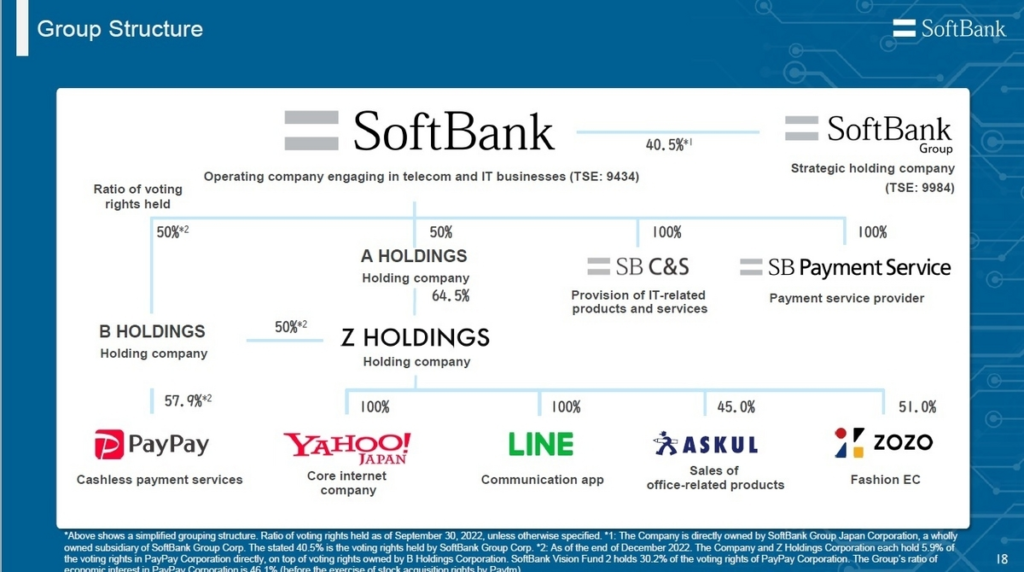Apple has officially ushered in a new chapter for its budget-friendly smartphone lineup with the launch of the iPhone 16E. This latest release marks the end of an era, as the iconic home button and Touch ID interface have been retired. In their place, the iPhone 16E introduces a sleek, modern design with Face ID, the powerful A18 chip, and support for Apple Intelligence, all starting at an accessible price point of $599.
This device is positioned as a successor to the iPhone SE, blending affordability with cutting-edge features. But is it worth the upgrade? Let’s dive into everything you need to know about the iPhone 16E, from its design and performance to its unique place in Apple’s evolving ecosystem.
A Modern Design with Familiar Roots
The iPhone 16E borrows its design from the 2022 iPhone 14, featuring a 6.06-inch OLED display with a notch for Face ID and front-facing cameras. While it doesn’t adopt the Dynamic Island design found in Apple’s flagship models, the 16E’s display is nearly identical in size to the standard iPhone 16, measuring just 0.1mm narrower and 0.7mm shorter.
This means Apple no longer offers a significantly smaller iPhone, catering to users who prefer compact devices. However, rumors suggest a potential shift with the upcoming iPhone 17 Air, which might reintroduce a smaller form factor.
The iPhone 16E is available in classic white and black color options, maintaining Apple’s signature minimalist aesthetic. It also includes the customizable Action Button, a feature previously reserved for higher-end models, but omits the new Camera Control found in the iPhone 16 series.
Performance That Packs a Punch
Under the hood, the iPhone 16E is powered by the same A18 chip found in the iPhone 16, making it one of the most capable budget smartphones on the market. This chip enables support for Apple Intelligence, Apple’s suite of AI-powered tools, including features like notification summaries and enhanced Siri capabilities.
Interestingly, even the non-Pro iPhone 15 lacks support for Apple Intelligence, giving the 16E a unique edge. To run these advanced features, Apple has confirmed that devices need at least 8GB of RAM, which the 16E likely includes. Additionally, the base model now starts at 128GB of storage, a welcome upgrade from the 64GB option in previous budget models.
Camera and Connectivity: Balancing Act
The iPhone 16E features a single 48-megapixel rear camera, a notable downgrade compared to the multi-camera setups in Apple’s flagship devices. However, it still delivers impressive photo quality for everyday use, ensuring you don’t miss out on capturing life’s moments.
On the connectivity front, the iPhone 16E marks a significant milestone as the first iPhone to include an Apple-developed modem. After years of relying on Qualcomm, Apple has finally introduced its own modem technology. While this is a major step forward, questions remain about its performance and reliability, especially as Apple prepares to expand its use in future models like the iPhone 17.
The device also swaps the Lightning port for USB-C, complying with EU regulations and aligning with Apple’s broader shift toward universal charging standards. However, it lacks support for MagSafe accessories and fast wireless charging, capping wireless charging speeds at 7.5W—a slower pace compared to the 25W charging available on pricier iPhones.
What You’re Giving Up (and What You’re Gaining)

The iPhone 16E strikes a balance between affordability and modern features, but it does come with some compromises:
- No Multi-Camera System: The single rear camera may disappoint photography enthusiasts.
- Limited Wireless Charging: Slower charging speeds compared to flagship models.
- No Dynamic Island: The notch design feels slightly outdated next to Apple’s latest innovations.
However, the 16E makes up for these shortcomings with:
- Face ID and Apple Intelligence: Advanced security and AI features previously unavailable in budget models.
- 128GB Base Storage: Double the storage of its predecessor, the iPhone SE (2022).
- Water Resistance: An IP rating ensures durability against spills and splashes.
Pricing and Availability
The iPhone 16E is available for preorder starting at $499 of the 2022 iPhone SE. However, the higher cost reflects the device’s modern design, enhanced performance, and additional storage.
The phone officially ships on February 28th, making it an attractive option for users looking to upgrade without breaking the bank.
Why the iPhone 16E Matters

The iPhone 16E represents a strategic move by Apple to bridge the gap between its budget and flagship models. By incorporating features like Face ID, the A18 chip, and Apple Intelligence, Apple is ensuring that even its more affordable devices remain competitive in a rapidly evolving market.
For consumers, the 16E offers a compelling blend of performance, design, and value, making it an excellent choice for:
- First-Time iPhone Users: An affordable entry point into the Apple ecosystem.
- Upgraders: Those looking to modernize without splurging on a Pro model.
- Tech Enthusiasts: Early adopters curious about Apple’s in-house modem technology.
The iPhone 16E is more than just a budget smartphone—it’s a testament to Apple’s commitment to innovation and accessibility. While it may not have all the bells and whistles of the iPhone 16 Pro, it delivers a powerful, modern experience at a fraction of the cost.
Whether you’re preordering the iPhone 16E or considering it as your next upgrade, this device is a clear sign that Apple is redefining what a budget-friendly iPhone can be.










